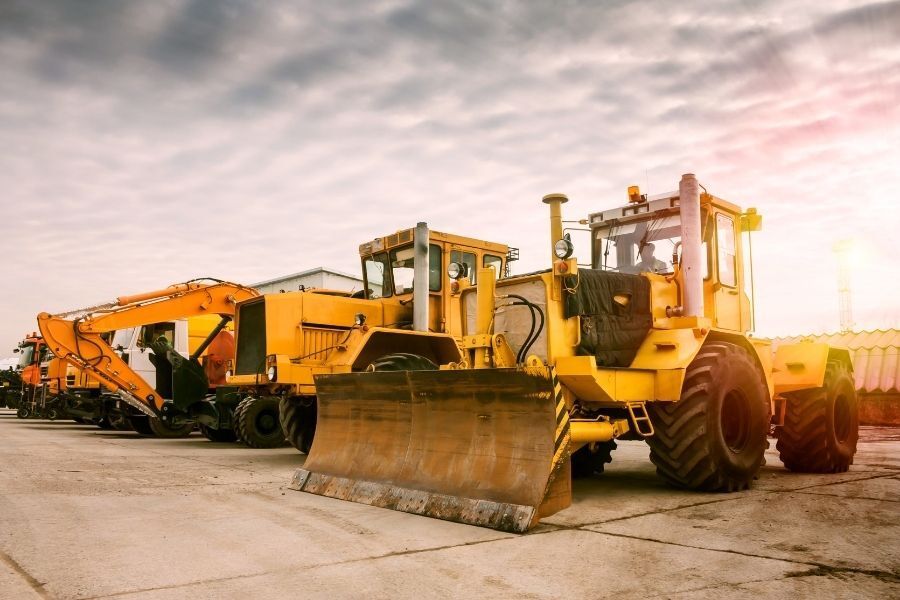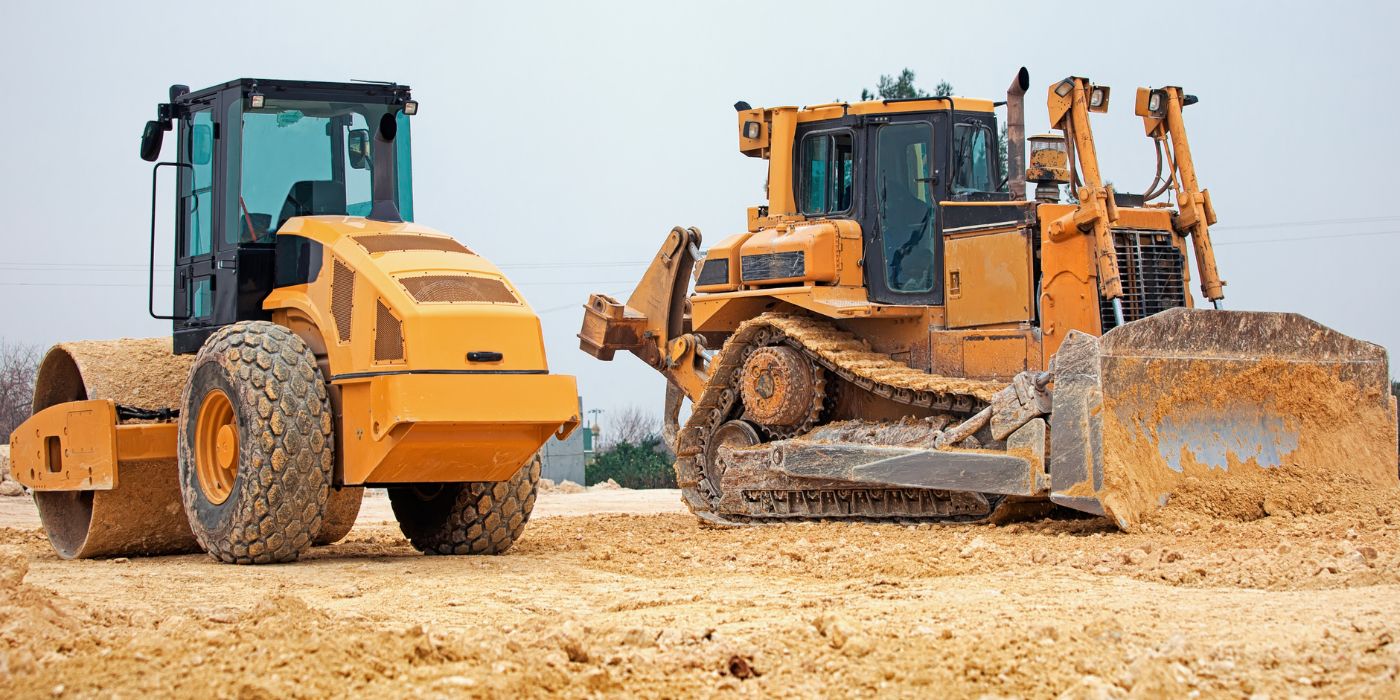Comprehensive Equipment Rental Company Overview for Scissor Lift and Mini Excavator Rentals
Comprehensive Equipment Rental Company Overview for Scissor Lift and Mini Excavator Rentals
Blog Article
Factors to Evaluate When Renting Out Building And Construction Devices for Cost-Effective Workflow
When thinking about the rental of building tools for affordable procedures, various elements come into play that can dramatically impact the general task expense. Evaluating devices specifications, rental terms, maintenance expenses, task duration, and carrying out an extensive expense analysis are critical actions in making certain optimum financial effectiveness and functional success.
Devices Requirements

Elements such as gas usage, operating rate, and innovation assimilation contribute to equipment effectiveness. By prioritizing capability, sturdiness, and effectiveness in equipment specifications, building and construction job supervisors can improve operational performance and ultimately accomplish successful task outcomes.
Rental Terms
To make certain a clear understanding of the terms included in renting out building tools, it is critical for job supervisors to thoroughly assess and work out the rental arrangement (scissor lift rental). Rental terms incorporate various elements that can significantly affect the total expense and performance of a building and construction project. Key factors to think about include the rental duration, rates framework, payment terms, maintenance duties, insurance protection, and provisions for equipment break downs or malfunctions
When assessing the rental agreement, job supervisors should pay attention to the period of the rental period. Comprehending whether the rental fees are based upon a per hour, everyday, once a week, or month-to-month rate is critical for budgeting and scheduling purposes. Additionally, making clear the payment terms, such as upfront costs, safety and security deposits, and fines for late payments, can help avoid unexpected financial concerns.
Additionally, going over maintenance responsibilities ahead of time can protect against disagreements later on. Clearly detailing that is in charge of regular upkeep, repair services, and servicing can ensure that the tools continues to be in optimal problem throughout the rental duration - boom lift rental near me. It is additionally important to validate the insurance protection supplied by the rental company to prevent any liabilities in situation of crashes or damages. By thoroughly checking out and working out the rental terms, task managers can secure affordable equipment rentals that fulfill their project needs.
Upkeep Expenses
Some rental companies supply upkeep bundles that cover these expenses, while others may need renters to birth the complete maintenance expenditures. By budgeting for upkeep expenses in advance and adhering to advised maintenance timetables, occupants can minimize unanticipated costs and optimize the performance of the rented out building and construction devices.
Project Period
Reliable job duration management is indispensable to optimizing the application of leased building and construction tools and making sure timely conclusion of jobs. When renting construction equipment, taking into consideration the project period is important for cost-effective procedures. A clear understanding of the task timeline permits for much better planning and usage of equipment, making certain that the right tools are readily available for the required period without incurring unneeded costs. Matching the rental duration to the project's estimated period assists in preventing any kind of prospective late costs or extra costs that might occur from going beyond the agreed-upon rental timeframe. Additionally, effective task duration monitoring enables building groups to improve their procedures, boost efficiency, and fulfill project target dates effectively. By aligning the rental period with the task schedule, building business can maximize using devices, decrease downtime, and eventually attain cost savings on their jobs. Consequently, assessing and accurately estimating the task duration is an essential consider leasing building devices for ideal cost-effectiveness.
Expense Analysis
Aligning the task period with an extensive expense evaluation is necessary in enhancing the economic effectiveness of renting construction tools. Carrying out an extensive cost evaluation includes greater than just comparing rental prices. It requires reviewing extra expenses such as transportation, maintenance, insurance, and possible downtime expenses. By considering these elements, you can make enlightened decisions that add to general cost-effectiveness.
One vital aspect of expense evaluation is understanding your job's details equipment requirements. Renting out equipment that is either underutilized or overused can cause unneeded expenses. Examining the task needs and selecting the right type and quantity of devices can aid minimize costs while making sure functional efficiency.
Furthermore, contrasting the costs of renting versus buying devices is crucial. While renting out might appear cost-effective for short-term projects or specialized devices, buying may be much more cost-effective for lasting or frequently used machinery. By considering the benefits and drawbacks of both options, you can make tactical options that straighten with your spending plan and project objectives.
Verdict
To conclude, examining aspects such as devices specs, rental terms, upkeep expenses, job period, and expense analysis is important when renting construction tools for cost-efficient procedures. By very carefully considering these factors, construction firms can guarantee they are getting the many worth out of their devices rentals and inevitably conserve money on their projects. It is important to prioritize cost-effectiveness and effectiveness in all aspects of construction procedures.
Examining equipment requirements, rental terms, upkeep costs, task duration, and conducting a thorough price analysis are critical actions in guaranteeing optimal economic effectiveness and operational success. By prioritizing functionality, durability, and effectiveness in equipment specifications, building task managers can boost operational efficiency and ultimately accomplish successful job end results.

By aligning the rental duration with the project timetable, building and construction business can make the most of the usage of equipment rental company tools, minimize downtime, and eventually accomplish expense savings on their projects.In conclusion, reviewing variables such as devices specifications, rental terms, upkeep prices, job duration, and cost evaluation is vital when leasing building equipment for cost-efficient procedures.
Report this page